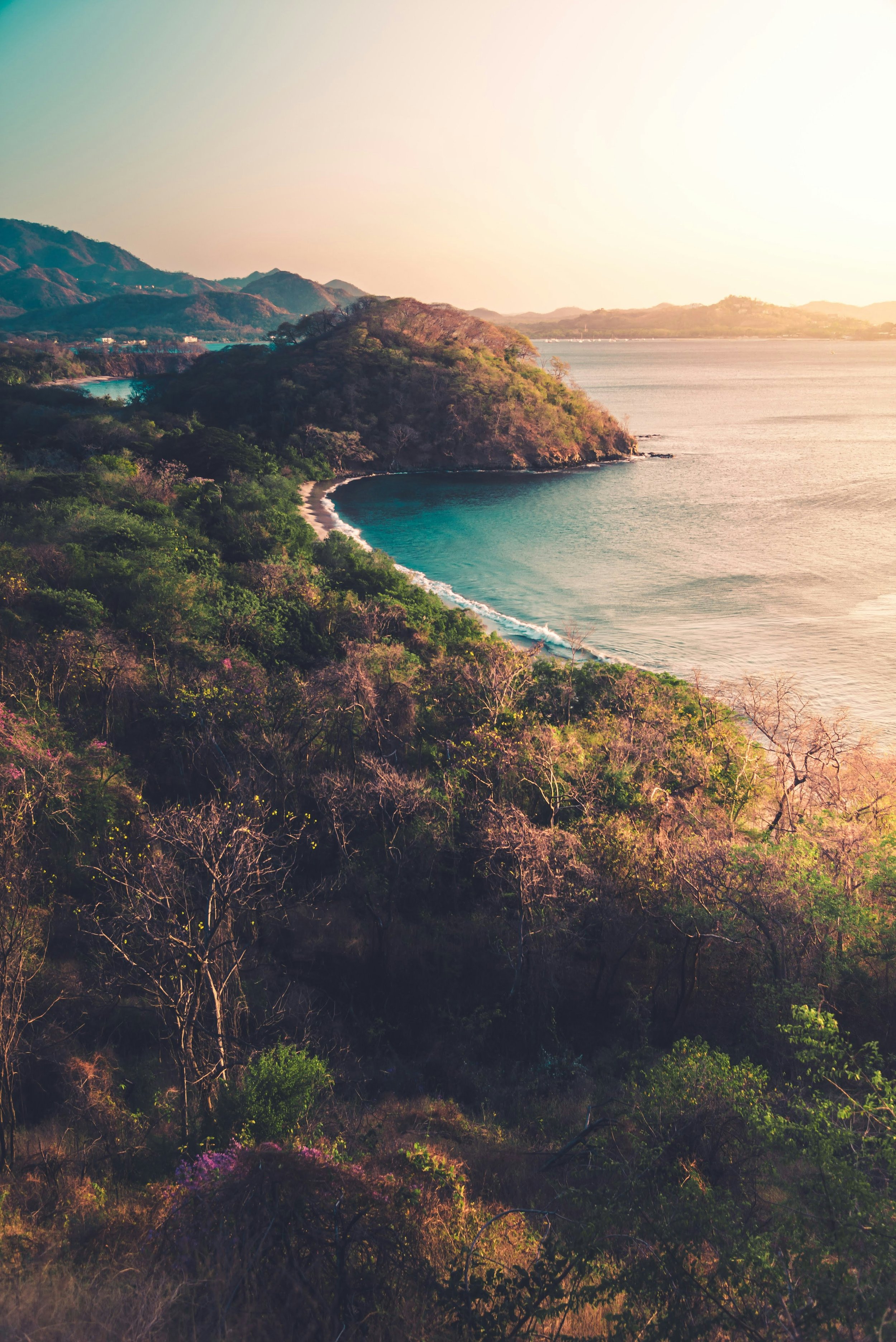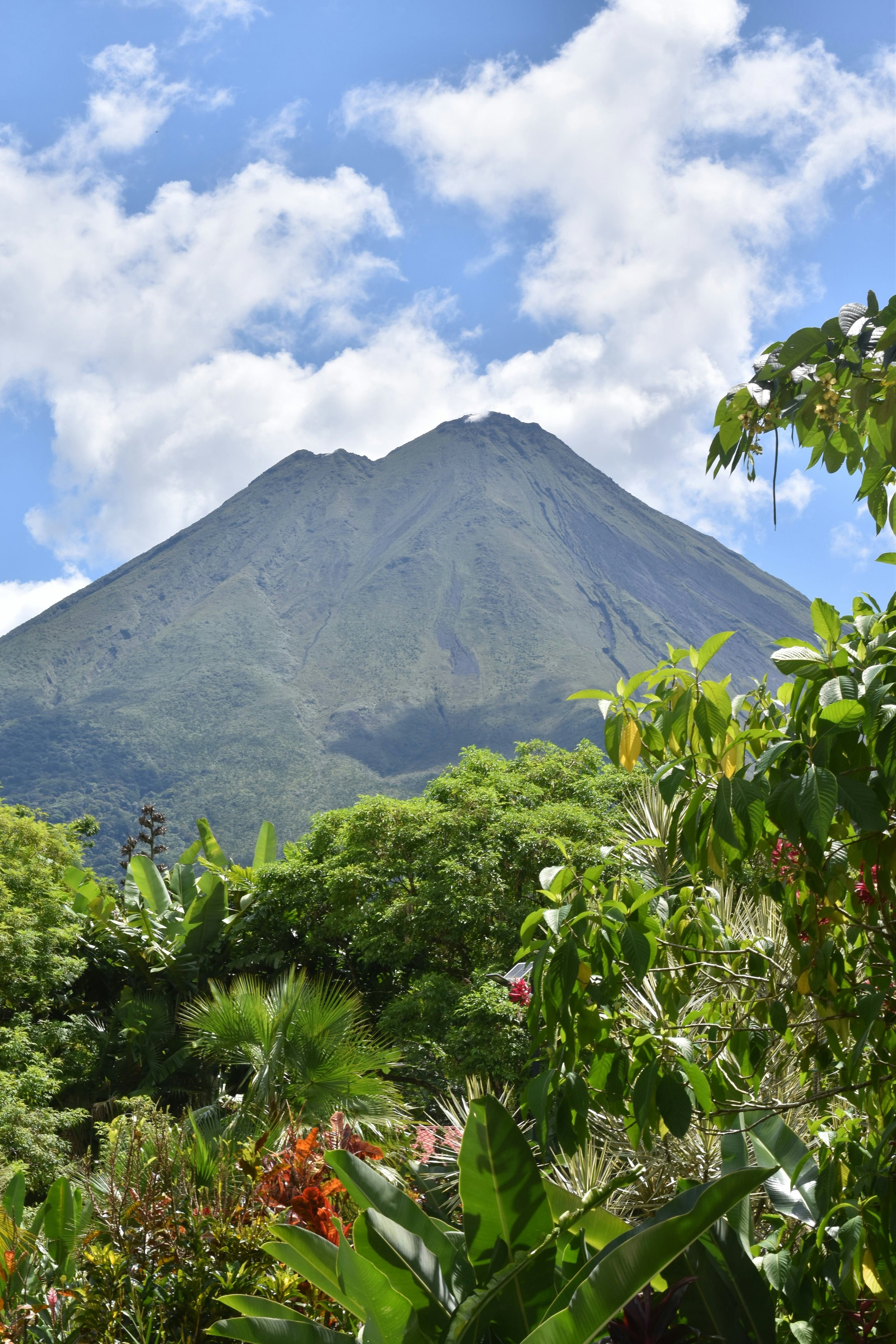Welcome to Costa Rica
Costa Rica is renowned for its stunning natural beauty, diverse ecosystems, and commitment to environmental sustainability. Bordered by the Pacific Ocean and the Caribbean Sea, it boasts lush rainforests, pristine beaches, and abundant wildlife. Costa Rica is also known for its political stability, high standard of living, and strong focus on education and healthcare. With a population that embraces its rich cultural heritage, Costa Rica has become a model for eco-tourism, attracting visitors from around the world seeking both adventure and tranquility in its breathtaking landscapes.
-
Costa Rica has a population of approximately 5.2 million people. Most of the population is concentrated in the Central Valley, where the capital city, San José, and other major urban areas are located.
-
Costa Rica's population is relatively young, with a median age of around 33 years. However, the population is gradually aging due to improved healthcare and declining birth rates, similar to trends seen in other developing nations.
-
The majority of Costa Ricans, known as "Ticos," are of European or mixed European and Indigenous descent. Smaller populations of Indigenous peoples, Afro-Caribbeans, and immigrants from Nicaragua and other nations also contribute to the country's diversity.
-
Costa Rica is known for its stable economy and strong social welfare system. It has a relatively high standard of living for the region, though challenges like income inequality, rural poverty, and reliance on tourism and agriculture persist.
-
Spanish is the official and most widely spoken language in Costa Rica. English is also commonly spoken in tourist areas, and there are Indigenous languages spoken by smaller communities.
-
Costa Rica has a literacy rate of over 97%, reflecting its strong emphasis on education. Public education is free and compulsory, contributing to the country’s reputation as one of the most educated nations in Central America.
-
Costa Rica has a universal healthcare system that provides accessible and affordable care to its citizens. Its healthcare system is ranked among the best in Latin America, though rural areas sometimes face challenges in accessing services.
-
Over 80% of Costa Ricans live in urban areas, particularly in and around the Central Valley. While urban centers have well-developed infrastructure, rural areas often lack access to modern utilities and efficient transportation networks.
-
Tourism is a major driver of Costa Rica's economy, with the country's biodiversity and eco-tourism offerings attracting millions of visitors annually. While tourism generates significant revenue, it also raises environmental concerns, particularly regarding the preservation of natural habitats.













